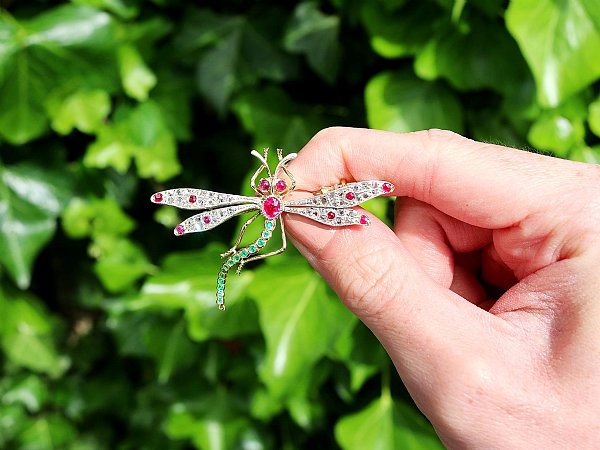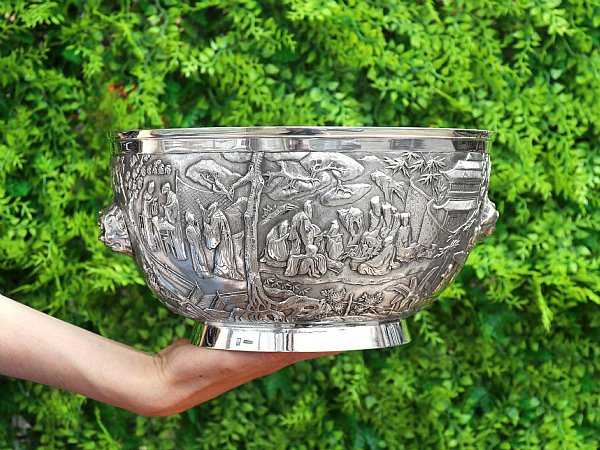Search Results for: '{{searchText}}'
Sorry...
We don't seem to have what you're looking for.
However we do have thousands of magnificent pieces of silver and jewellery available for you to view online. Browse our store using one of these categories.
Please wait for loading data... 
Browse these categories under "Antique Silver Bowls"
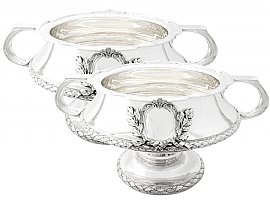
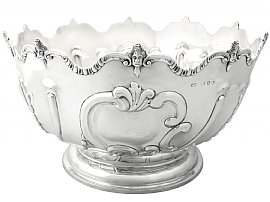
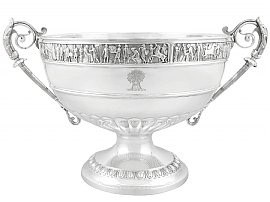
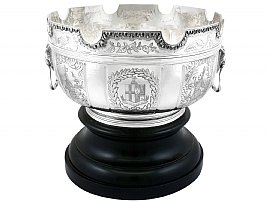
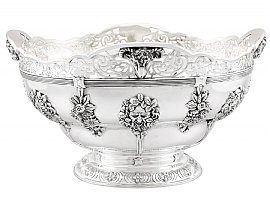

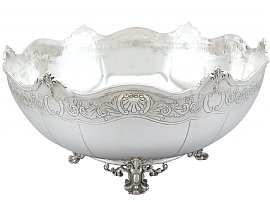
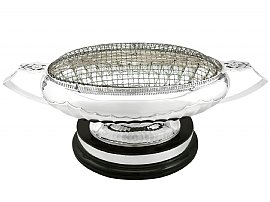
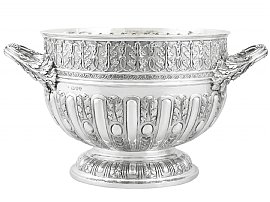
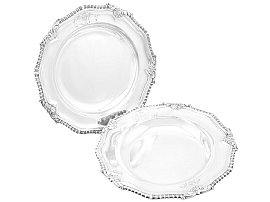
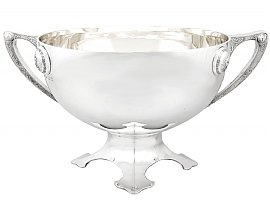
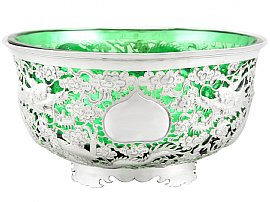
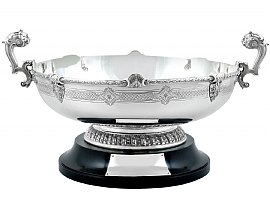
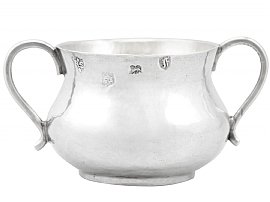
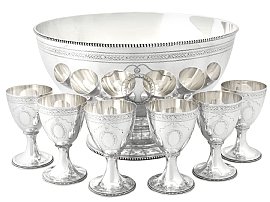
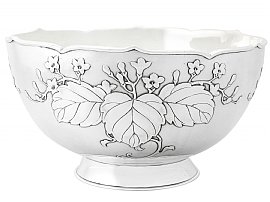
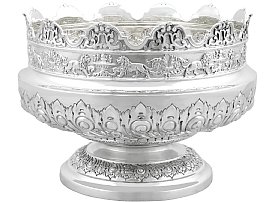
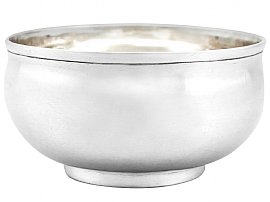
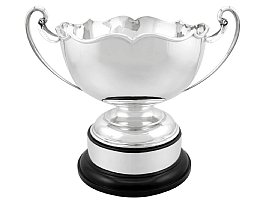
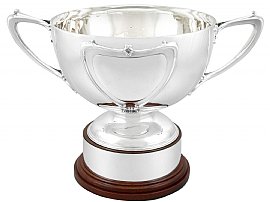
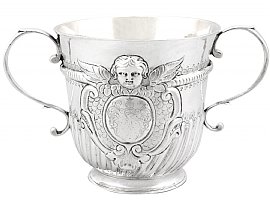
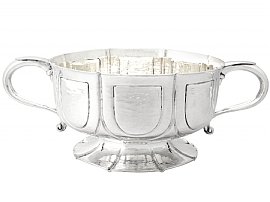
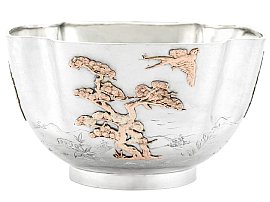

Sterling Silver Bowls/Centrepieces - Antique George V
Price: GBP £65,945.00Sterling Silver Presentation Bowl - Monteith Style - Antique Victorian (1890)
Price: GBP £12,045.00Sterling Silver Presentation Bowl - Antique Victorian (1899)
Price: GBP £11,950.00Sterling Silver Monteith Bowl - Antique Edwardian (1905)
Price: GBP £10,950.00Sterling Silver Presentation Bowl - Antique George V (1918)
Price: GBP £9,950.00American Coin Silver Tray and Sterling Silver Goblets
Price: GBP £9,950.00Sterling Silver Presentation Bowl - Vintage (1985)
Price: GBP £8,950.00Sterling Silver Centrepiece / Bowl - Arts and Crafts Style - Antique George V
Price: GBP £7,645.00Sterling Silver Presentation Bowl by Mappin & Webb - Antique Victorian (1894)
Price: GBP £6,950.00Sterling Silver Soup Bowls by Paul Storr - Antique George IV (1829)
Price: GBP £5,445.00Sterling Silver Presentation Bowl - Antique George VI (1937)
Price: GBP £5,445.00Chinese Export Silver Bowl - Antique Circa 1890
Price: GBP £5,445.00Sterling Silver Presentation Bowl by Reid & Sons Ltd - Antique George VI (1938)
Price: GBP £4,950.00Sterling Silver Baby Porringer - Antique Charles II (1663)
Price: GBP £4,345.00Sterling Silver Punch Bowl and Goblets by CJ Vander Ltd - Vintage Elizabeth II
Price: GBP £4,345.00Japanese Pure Silver Presentation Bowl - Antique 1917
Price: GBP £4,345.00Victorian Sterling Silver Presentation Bowl - Monteith Style
Price: GBP £3,950.00Newcastle Sterling Silver Sugar Bowl - Antique George II (1732)
Price: GBP £3,795.00Sterling Silver Presentation Bowl - Antique George V (1923)
Price: GBP £2,950.00Scottish Sterling Silver Presentation Bowl - Art Nouveau - Antique Edwardian (1905)
Price: GBP £2,950.00Britannia Standard Silver Porringer - Antique Queen Anne (1707)
Price: GBP £2,915.00Sterling Silver Presentation Bowl by William Comyns & Sons - Arts and Crafts Style - Antique Edwardian
Price: GBP £2,695.00American Sterling Silver Bowl by Gorham Manufacturing Company - Antique 1884
Price: GBP £2,695.00Chinese Export Silver Bowl on Stand - Antique Circa 1890
Price: GBP £2,650.00